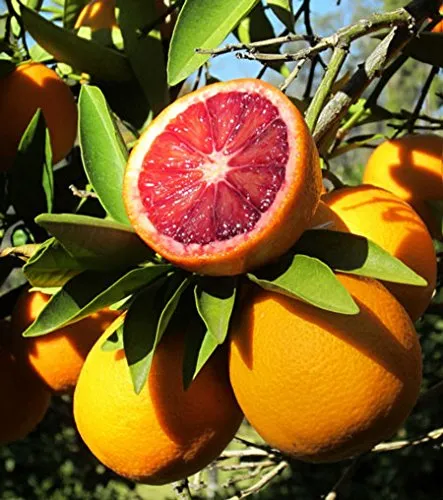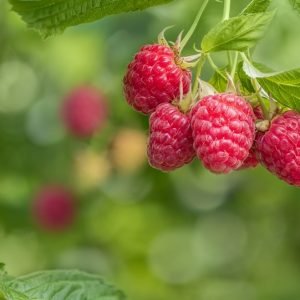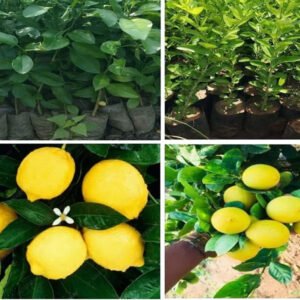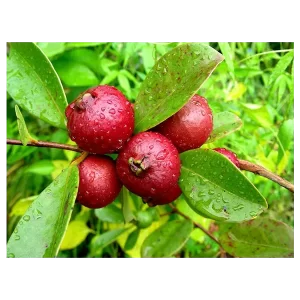Blood Orange Seedlings
The blood orange is a delightful fruit that has a taste like an orange but also mixed with raspberry. The combo is really wonderful. The blood orange tree is attractive as well as being a way to get your own harvests of blood oranges. If you love citrus fruits, you’ll love the tasty and versatile blood orange. If you’re considering getting your own blood orange seedlings tree, or several trees, here’s what you need to know about them.
KSh 450.00
CompareBlood Orange Seedlings
History of the Blood Orange Tree
While the orange has been around for thousands of years, the blood orange is a relative newcomer to the citrus scene. It began to be grown in Italy on the southern Mediterranean coast in the 18th century. They have remained a very popular fruit in Italy since then. There are different varieties of the blood orange tree with each growing its own type. One type, the Sanguinelli, was found in 1929 in Spain.
Blood Orange Tree Characteristics
The blood orange tree is a citrus fruit tree that grows sweet fruit that can be used for a wide range of uses. The trees average about 10′ to 15′ tall, but they are often pruned down to 8′ in height. They typically grow to be about 12′ to 15′ wide. The trees have dark green leaves, making the orange color of the fruit look great against that darker backdrop. The tree has creamy white flowers that are highly fragrant.
The fruit is about 1/2 to 1/3 the size of a typical Washington navel orange. But the skin of many of the oranges is splashed with red.
Fruit taste:
Blood Oranges can be tricky to peal because the skin is often thin and clings to the flesh. The flesh of the fruit ranges from dark crimson to a mix of red and orange.
The flavor is sweet like an orange but also mixed with raspberry. The combo is really wonderful. Variable tartness. Many believe that seasonal temperature is a major factor affecting the flavor and color of all blood oranges
Sun:
Another big factor is the conditions in which the tree is grown. Citrus trees need a lot of warmth and direct sun, which is why so many are grown in subtropical climates. If your climate isn’t warm enough, your tree may take longer to mature and fruit, but there are folks who successfully grow citrus trees in greenhouses outside of the ordinary climate conditions necessary for great fruit production.
Water:
If you’ve got the right weather, you’ll also need good watering and drainage. Orange trees need a lot of water, but they also don’t want to just sit in it like a cypress tree. So well-draining soil with good deep watering is a must.
Fertilizer
The blood orange tree can use fertilizer a few times a year. Ammonium sulfate fertilizer 21-0-0 can be given to the tree with one cupful for the tree’s age in years. If the tree is four years old, it can be given four cups of this fertilizer. It should be scattered on the soil above the tree’s roots. Then, water is added to the soil to make sure the fertilizer reaches the roots.
Throwing in a random assortment of organic fertilizer whenever you have it is always appreciated (compost, worm goat, cow etc).
Diseases and Care
There are a number of diseases and conditions that can strike a blood orange tree, so be careful to notice any changes in your tree that could mean trouble. Sooty canker is one such disease. It can infect the branches and twigs of the tree and cause the bark to peel away. If you look under that bark, there will be a black fungus growing there. It can also result in leaves withering and turning brown as well as twigs that die. If you see that this fungus has infected your tree, immediately remove the branches that are affected. After pruning, make sure that you dispose of the infected areas properly and that you disinfect any tools that you used to keep it from spreading.
Another common disease is citrus stubborn disease. It causes the tree’s fruit to grow lopsided so that they have a seed pocket that grows on one side of the fruit instead of in the middle. It is carried and spread by bugs called leafhoppers. If you see evidence of this disease, use horticultural oil or an insecticidal soap to kill off the leafhoppers. Cigar leaf curling can also strike blood orange trees. When you see leaves that are brittle, wilted and are curled up, it’s likely that your tree isn’t getting enough water. Water it more often so that the soil 2′ under the surface gets moist. To find out more about diseases that can affect this tree, check out Blood Orange Tree Diseases and Care.
WHY ARE BLOOD ORANGE RED?
The red color of Blood Oranges is due to a family of antioxidant pigments called Anthocyanin common to many flowers and fruit, but uncommon in citrus. This is the same compound responsible for the red inside cherries, tomatoes, and flowers. While the body only retains 5% of Anthocyanin consumed, even this small amount exceptionally increases the amount of antioxidants present in blood by boosting uric acid.







There are no reviews yet.